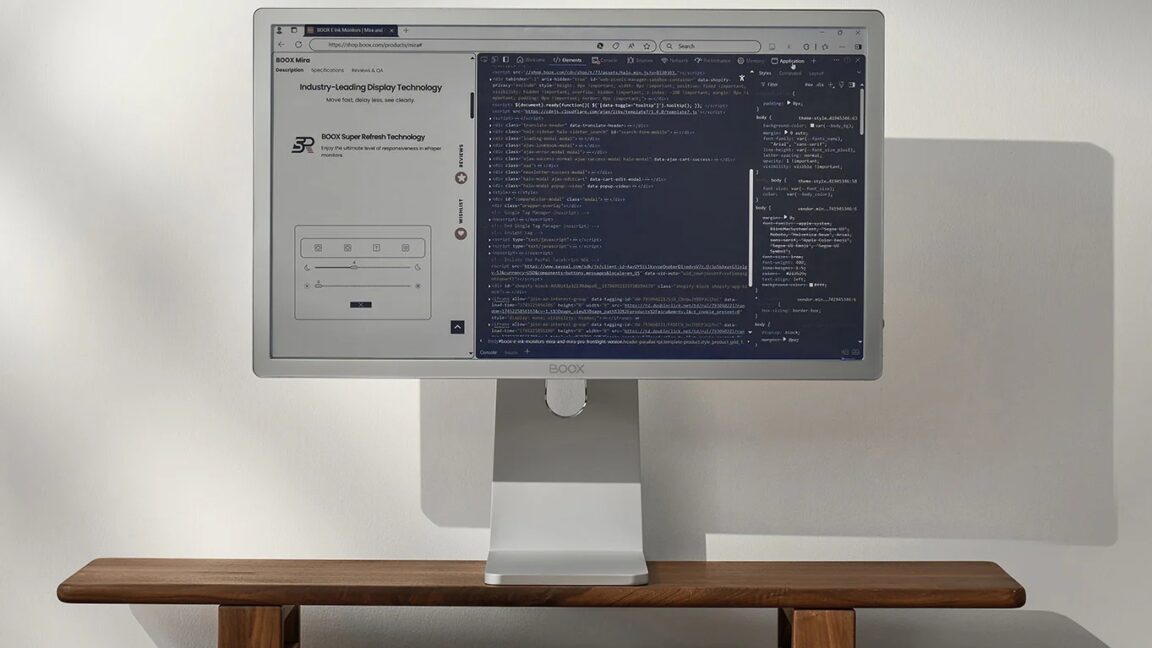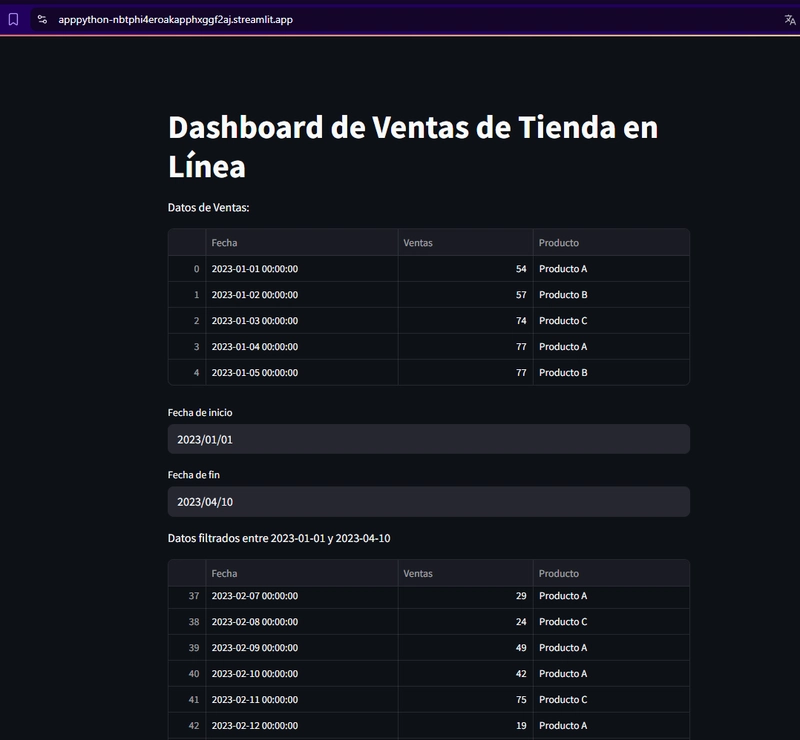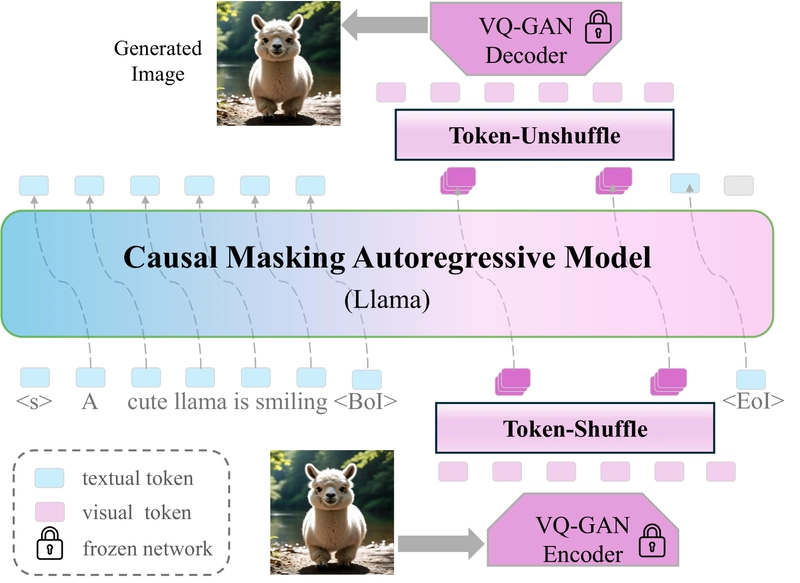Understanding Newborn Jaundice: How to Treat and Monitor High Bilirubin Levels
Newborn jaundice is a common condition that affects many infants shortly after birth. Characterized by a yellowing of the skin and eyes, this condition is caused by elevated levels of bilirubin, a yellow pigment produced during the normal breakdown of red blood cells. While jaundice is usually harmless and resolves on its own, in some cases, high bilirubin levels can lead to serious complications if left untreated. For new parents, understanding the causes, treatment options, and monitoring methods for newborn jaundice is essential. This blog will provide an in-depth exploration of how to manage high bilirubin levels in newborns, ensuring your baby’s health and well-being during these crucial early days. Recognizing the Signs of Newborn Jaundice The first step in managing newborn jaundice is recognizing its signs. Typically, jaundice appears within the first few days of life and is most easily identified by the yellowing of the skin and the whites of the eyes. This yellowing usually starts on the face and may spread to the chest, abdomen, and legs as bilirubin levels rise. It's important for parents to be vigilant during this period, as early detection can prevent potential complications. In addition to visible signs, some newborns with jaundice may exhibit other symptoms such as poor feeding, lethargy, or irritability. While these symptoms can be associated with other conditions, when combined with jaundice, they warrant immediate medical attention. Recognizing these signs early with the help of healthcare professionals like Marlene Junker allows for timely intervention, which is critical in preventing the escalation of bilirubin levels to dangerous levels. Understanding the Causes of High Bilirubin Levels High bilirubin levels in newborns can result from several factors. One of the most common causes is the immaturity of the baby's liver, which may not be fully developed enough to process bilirubin efficiently. This is especially true for premature infants, whose livers may take longer to mature. Additionally, conditions such as blood type incompatibility between mother and baby, internal bleeding, or certain genetic disorders can also lead to elevated bilirubin levels. Another contributing factor is an increased breakdown of red blood cells, which can occur in conditions like hemolytic disease of the newborn. Healthcare providers such as Marlene Junker mention that understanding the underlying cause of high bilirubin levels is essential for determining the appropriate course of treatment. In many cases, addressing the root cause can significantly reduce bilirubin levels and mitigate the risk of complications. Treatment Options for Managing Jaundice Treatment for newborn jaundice depends on the severity of the condition and the underlying cause of high bilirubin levels. For mild cases, treatment may not be necessary beyond regular monitoring and ensuring the baby is feeding well, as feeding helps to eliminate bilirubin through stools. However, for more severe cases, medical intervention may be required. One of the most common treatments is phototherapy, which uses special lights to break down bilirubin in the baby's skin. This treatment is safe and effective, and it can be administered in a hospital setting or at home with the appropriate equipment. In more severe cases, an exchange transfusion may be needed to rapidly reduce bilirubin levels. Healthcare professionals including Marlene Junker convey that this procedure involves replacing the baby's blood with donor blood to remove excess bilirubin. Each treatment option has its own indications and should be discussed thoroughly with your healthcare provider to ensure the best outcome for your baby. The Role of Breastfeeding in Jaundice Management Breastfeeding plays a crucial role in managing jaundice, as frequent feeding helps to promote bowel movements, which are essential for the elimination of bilirubin. Newborns who are breastfed may have a slightly higher risk of developing jaundice, particularly in the first week of life. This condition, known as "breastfeeding jaundice," is usually related to insufficient milk intake, leading to dehydration and decreased bilirubin excretion. To prevent and manage breastfeeding-related jaundice, it is important to ensure that your baby is feeding effectively as underscored by healthcare providers like Marlene Junker. This may involve feeding your baby more frequently or seeking advice from a lactation consultant if you have concerns about milk supply or the baby’s latch. In some cases, supplementing with formula may be recommended to increase fluid intake, though this should be done under the guidance of a healthcare provider. Monitoring Bilirubin Levels at Home After discharge from the hospital, it is important for parents to continue monitoring their newborn’s bilirubin levels at home. This can be done through regular observation of the baby's skin color and behavior, as well as ensuring that the bab

Newborn jaundice is a common condition that affects many infants shortly after birth. Characterized by a yellowing of the skin and eyes, this condition is caused by elevated levels of bilirubin, a yellow pigment produced during the normal breakdown of red blood cells. While jaundice is usually harmless and resolves on its own, in some cases, high bilirubin levels can lead to serious complications if left untreated. For new parents, understanding the causes, treatment options, and monitoring methods for newborn jaundice is essential. This blog will provide an in-depth exploration of how to manage high bilirubin levels in newborns, ensuring your baby’s health and well-being during these crucial early days.
Recognizing the Signs of Newborn Jaundice
The first step in managing newborn jaundice is recognizing its signs. Typically, jaundice appears within the first few days of life and is most easily identified by the yellowing of the skin and the whites of the eyes. This yellowing usually starts on the face and may spread to the chest, abdomen, and legs as bilirubin levels rise. It's important for parents to be vigilant during this period, as early detection can prevent potential complications.
In addition to visible signs, some newborns with jaundice may exhibit other symptoms such as poor feeding, lethargy, or irritability. While these symptoms can be associated with other conditions, when combined with jaundice, they warrant immediate medical attention. Recognizing these signs early with the help of healthcare professionals like Marlene Junker allows for timely intervention, which is critical in preventing the escalation of bilirubin levels to dangerous levels.
Understanding the Causes of High Bilirubin Levels
High bilirubin levels in newborns can result from several factors. One of the most common causes is the immaturity of the baby's liver, which may not be fully developed enough to process bilirubin efficiently. This is especially true for premature infants, whose livers may take longer to mature. Additionally, conditions such as blood type incompatibility between mother and baby, internal bleeding, or certain genetic disorders can also lead to elevated bilirubin levels.
Another contributing factor is an increased breakdown of red blood cells, which can occur in conditions like hemolytic disease of the newborn. Healthcare providers such as Marlene Junker mention that understanding the underlying cause of high bilirubin levels is essential for determining the appropriate course of treatment. In many cases, addressing the root cause can significantly reduce bilirubin levels and mitigate the risk of complications.
Treatment Options for Managing Jaundice
Treatment for newborn jaundice depends on the severity of the condition and the underlying cause of high bilirubin levels. For mild cases, treatment may not be necessary beyond regular monitoring and ensuring the baby is feeding well, as feeding helps to eliminate bilirubin through stools. However, for more severe cases, medical intervention may be required.
One of the most common treatments is phototherapy, which uses special lights to break down bilirubin in the baby's skin. This treatment is safe and effective, and it can be administered in a hospital setting or at home with the appropriate equipment. In more severe cases, an exchange transfusion may be needed to rapidly reduce bilirubin levels. Healthcare professionals including Marlene Junker convey that this procedure involves replacing the baby's blood with donor blood to remove excess bilirubin. Each treatment option has its own indications and should be discussed thoroughly with your healthcare provider to ensure the best outcome for your baby.
The Role of Breastfeeding in Jaundice Management
Breastfeeding plays a crucial role in managing jaundice, as frequent feeding helps to promote bowel movements, which are essential for the elimination of bilirubin. Newborns who are breastfed may have a slightly higher risk of developing jaundice, particularly in the first week of life. This condition, known as "breastfeeding jaundice," is usually related to insufficient milk intake, leading to dehydration and decreased bilirubin excretion.
To prevent and manage breastfeeding-related jaundice, it is important to ensure that your baby is feeding effectively as underscored by healthcare providers like Marlene Junker. This may involve feeding your baby more frequently or seeking advice from a lactation consultant if you have concerns about milk supply or the baby’s latch. In some cases, supplementing with formula may be recommended to increase fluid intake, though this should be done under the guidance of a healthcare provider.
Monitoring Bilirubin Levels at Home
After discharge from the hospital, it is important for parents to continue monitoring their newborn’s bilirubin levels at home. This can be done through regular observation of the baby's skin color and behavior, as well as ensuring that the baby is feeding well. In some cases, your healthcare provider may recommend follow-up visits or home bilirubin tests to closely monitor your baby’s condition.
Home monitoring devices, such as transcutaneous bilirubinometers, are available and can provide a non-invasive way to measure bilirubin levels. These devices are placed on the baby’s skin and provide an estimate of bilirubin concentration. However, it is important to remember that these devices are not a substitute for professional medical evaluation.
When to Seek Medical Attention
While many cases of newborn jaundice are mild and resolve on their own, it is important to know when to seek medical attention. If your baby’s jaundice appears to be worsening, spreading to other parts of the body, or is accompanied by symptoms such as poor feeding, excessive sleepiness, or high-pitched crying, you should contact your healthcare provider immediately. Healthcare professionals such as Marlene Junker express that these could be signs of severe hyperbilirubinemia, which requires prompt medical intervention.
Understanding newborn jaundice and how to manage high bilirubin levels is crucial for ensuring your baby’s health and well-being. By recognizing the signs of jaundice, understanding its causes, and knowing the available treatment options, you can effectively navigate this common condition. Breastfeeding plays a significant role in managing bilirubin levels, and consistent monitoring at home is essential for early detection of potential issues. It is equally important to know when to seek medical attention to prevent complications. With the right knowledge and approach, you can help your baby adjust to life outside the womb with confidence, ensuring a healthy and happy start.






























![[Free Webinar] Guide to Securing Your Entire Identity Lifecycle Against AI-Powered Threats](https://blogger.googleusercontent.com/img/b/R29vZ2xl/AVvXsEjqbZf4bsDp6ei3fmQ8swm7GB5XoRrhZSFE7ZNhRLFO49KlmdgpIDCZWMSv7rydpEShIrNb9crnH5p6mFZbURzO5HC9I4RlzJazBBw5aHOTmI38sqiZIWPldRqut4bTgegipjOk5VgktVOwCKF_ncLeBX-pMTO_GMVMfbzZbf8eAj21V04y_NiOaSApGkM/s1600/webinar-play.jpg?#)





































































































































![[The AI Show Episode 145]: OpenAI Releases o3 and o4-mini, AI Is Causing “Quiet Layoffs,” Executive Order on Youth AI Education & GPT-4o’s Controversial Update](https://www.marketingaiinstitute.com/hubfs/ep%20145%20cover.png)

















































































































































































































































































































































































![Google Home app fixes bug that repeatedly asked to ‘Set up Nest Cam features’ for Nest Hub Max [U]](https://i0.wp.com/9to5google.com/wp-content/uploads/sites/4/2022/08/youtube-premium-music-nest-hub-max.jpg?resize=1200%2C628&quality=82&strip=all&ssl=1)















![New Hands-On iPhone 17 Dummy Video Shows Off Ultra-Thin Air Model, Updated Pro Designs [Video]](https://www.iclarified.com/images/news/97171/97171/97171-640.jpg)












































![Epic Games Wins Major Victory as Apple is Ordered to Comply With App Store Anti-Steering Injunction [Updated]](https://images.macrumors.com/t/Z4nU2dRocDnr4NPvf-sGNedmPGA=/2250x/article-new/2022/01/iOS-App-Store-General-Feature-JoeBlue.jpg)























































